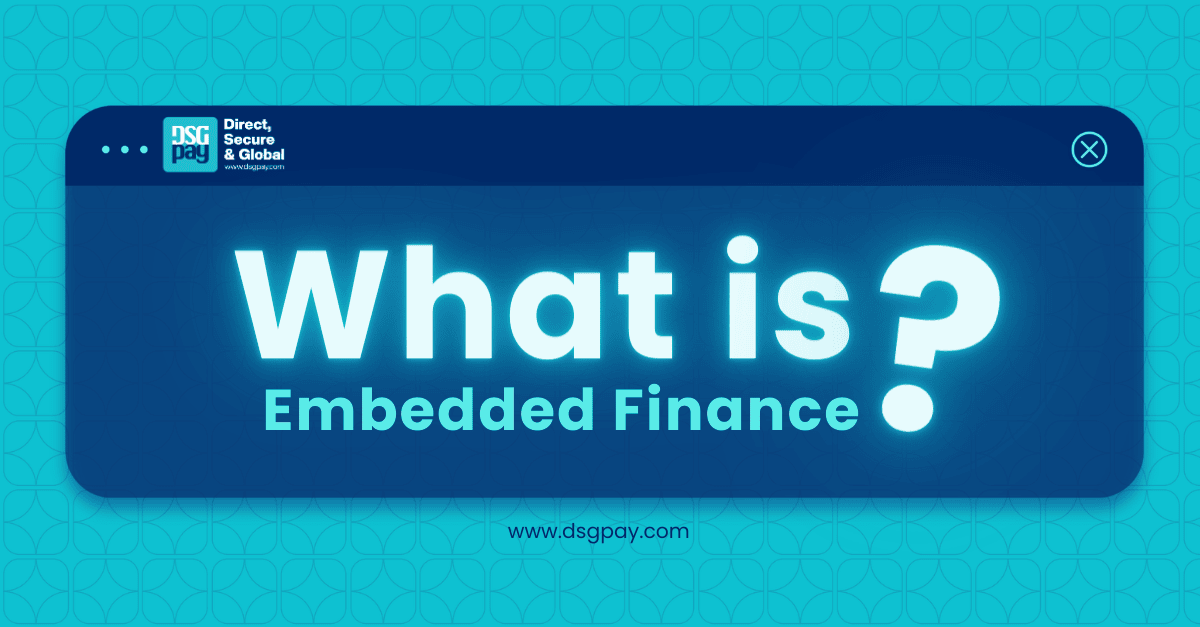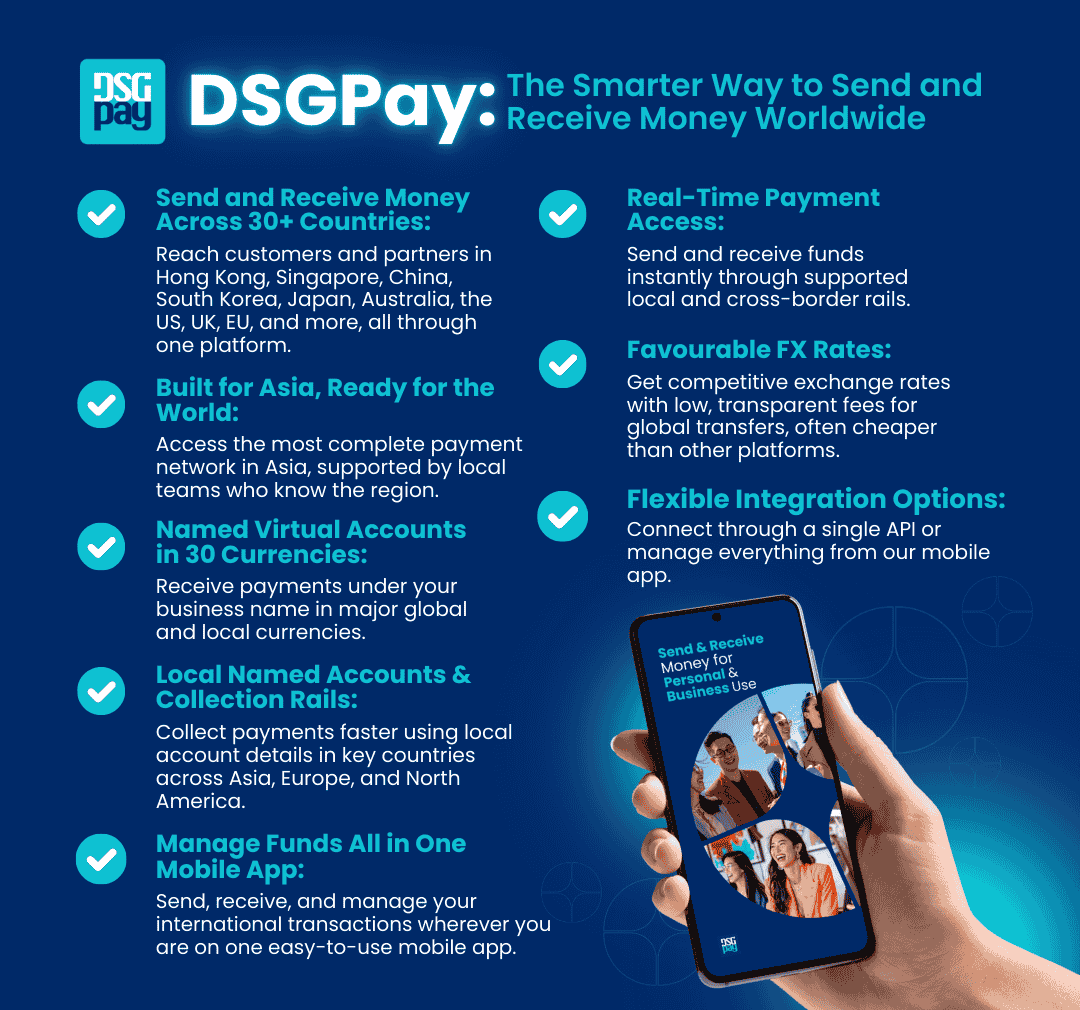The benefits of embedded finance are driving an unprecedented wave of innovation in the world of finance, fueled by technological advancements. Central to this revolution is the phenomenon of embedded finance, a concept that’s transforming how businesses and consumers interact with financial services.
In this article, we explore the benefits of embedded finance, examining its concept, its practical applications, and its remarkable impact on both businesses and consumers.
Understanding Embedded Finance
At its core, embedded finance is the integration of financial services into non-financial platforms and applications. Essentially, it allows businesses that traditionally aren’t in the financial sector to offer financial services as part of their regular operations. Imagine being able to secure a loan directly from a shopping app or purchase insurance from your favourite ride-sharing platform – that’s the power of embedded finance. By weaving financial services seamlessly into digital platforms, embedded finance offers unprecedented convenience and efficiency.
How Does Embedded Finance Work?
Embedded finance leverages the power of Application Programming Interfaces (APIs) and partnerships between fintech companies and non-financial businesses. APIs act as the connective tissue, enabling platforms to tap into fintech services and deliver them to consumers seamlessly. Similarly, AI-powered financial platforms can help businesses and investors make data-driven financial decisions without human bias.
For instance, consider a ride-hailing app that offers insurance coverage for each ride. The app can integrate with an insurance provider via APIs, allowing users to opt for coverage with a single click. The entire process – from selecting the insurance option to processing payment and issuing the policy – happens within the app, delivering a smooth and convenient user experience.

The Impact on the Financial Industry
Embedded finance is significantly altering the financial landscape. Breaking down traditional boundaries and injecting financial services into everyday digital experiences fosters innovation and competitiveness. Furthermore, it’s prompting traditional financial institutions to rethink their models and strategies.
Embedded finance is also democratising access to financial services, reaching consumers whom traditional financial institutions may have underserved. With embedded finance, financial services are no longer confined to banks and insurance offices – they’re available at your fingertips, integrated into the apps and platforms you use daily.
Exploring the Benefits of Embedded Finance
| For Businesses | For Consumers |
| New Revenue Streams: The benefits of embedded finance include enabling businesses to generate income from financial services, such as transaction fees, lending interest, or insurance premiums, without needing to be a financial institution themselves. | Convenience: Embedded finance simplifies transactions by integrating financial services directly into the platforms and apps consumers already use, making processes like payments, loans, and insurance easier and quicker. |
| Enhanced Customer Experience: By integrating financial services into their platforms, businesses can offer a seamless, convenient experience, reducing friction in transactions and enhancing overall satisfaction. | Streamlined Experience: Consumers benefit from a more cohesive experience, with fewer steps and less need to switch between different apps or platforms for financial needs. |
| Improved Customer Retention and Loyalty: Providing financial services directly can increase engagement and loyalty, as customers are more likely to return to platforms that offer comprehensive solutions. | Access to Personalized Financial Products: Financial services embedded in apps or platforms can be tailored to consumers’ specific needs and behaviors, offering more relevant and personalized products and services. |
| Access to Valuable Data: Embedded finance enables businesses to gather detailed financial and transactional data, which can be leveraged for better customer insights, targeted marketing, and optimized operations. | Faster Transactions: With embedded finance, transactions can be processed more quickly, reducing wait times and improving the overall efficiency of financial interactions. |
| Increased Competitive Advantage: Offering integrated financial solutions can differentiate a business from competitors, positioning it as a more versatile and innovative player in its industry. | Increased Transparency: Integrated financial services often provide clear and immediate access to information, helping consumers make more informed decisions and better manage their finances. |
| Cost Savings: Leveraging third-party financial services providers can reduce the costs associated with developing and maintaining financial products in-house. | Potential Cost Savings: Embedded finance can sometimes offer lower fees or better rates, as businesses pass on savings from operational efficiencies or negotiated terms with financial service providers. |
Conclusion
Embedded finance is truly a game-changer in the world of finance, bringing about a paradigm shift in how financial services are delivered and consumed. It holds immense potential for businesses seeking to differentiate their offerings and build deeper relationships with their customers.
Moreover, embedded finance is a win-win, offering businesses new opportunities while providing consumers with convenient, personalised access to financial services. As we move forward, embedded finance is set to play an increasingly vital role in the financial landscape.
At DSGPay, we’re at the forefront of this exciting revolution, offering robust solutions that harness the power of embedded finance. To learn more about how we can help you tap into the potential of embedded finance, feel free to contact us.




